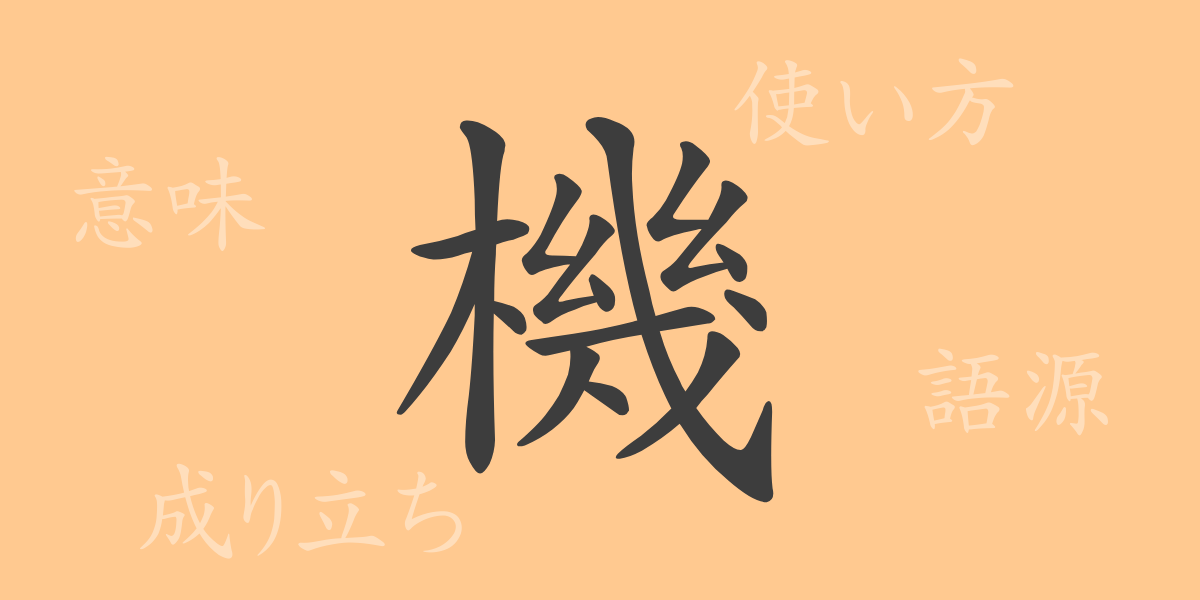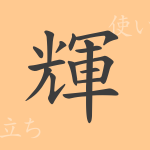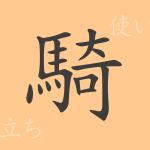Japanese culture has developed alongside kanji. The deep meanings and histories embedded in each character enable communication that transcends words. This time, we focus on the frequently used common-use kanji “機” (ki) and explore its hidden charm.
Origin of the Kanji “機” (語源)
The kanji “機” (ki) is composed of “木” (ki), meaning tree, and “幾” (iku), meaning to show or teach. Originally, it referred to a machine for making textiles, and from there, it evolved to mean “opportunity” or “chance,” as seen in words like “機会” (kikai) and “機転” (kiten).
Meaning and Usage of “機” (ki)
The kanji “機” (ki) has multiple meanings. Its original meaning is a tool for weaving, known as “織機” (shokki). In modern usage, it represents “opportunity” or “timing,” and it is also familiar as a term for machines, as in “機械” (kikai) and “飛行機” (hikouki).
Reading, Stroke Count, and Radical of “機” (ki)
Let’s look in detail at the readings and structure of the kanji “機” (ki).
- Reading: The on-yomi (Chinese reading) is “キ” (ki), and the kun-yomi (Japanese reading) is “はた” (hata).
- Stroke count: 16 strokes in total.
- Radical: The radical is 木部 (きへん, ki hen, meaning tree).
Idioms, Proverbs, and Expressions Using “機” (ki)
Idioms, proverbs, and expressions that include “機” (ki) are abundant in the Japanese language. For example, “機会均等” (kikai kintou) means equal opportunity for everyone, and “機を見るに敏し” (ki wo miru ni binshi) is a proverb that emphasizes the importance of acting quickly without missing opportunities.
Summary on “機” (ki)
The kanji “機” (ki) is deeply rooted in our lives and carries a wide range of meanings. It started as a tool for weaving and now represents essential concepts in daily life, such as opportunity and machinery. This character embodies the wisdom to read the times and the agility not to miss opportunities, highlighting the depth of the language.

























